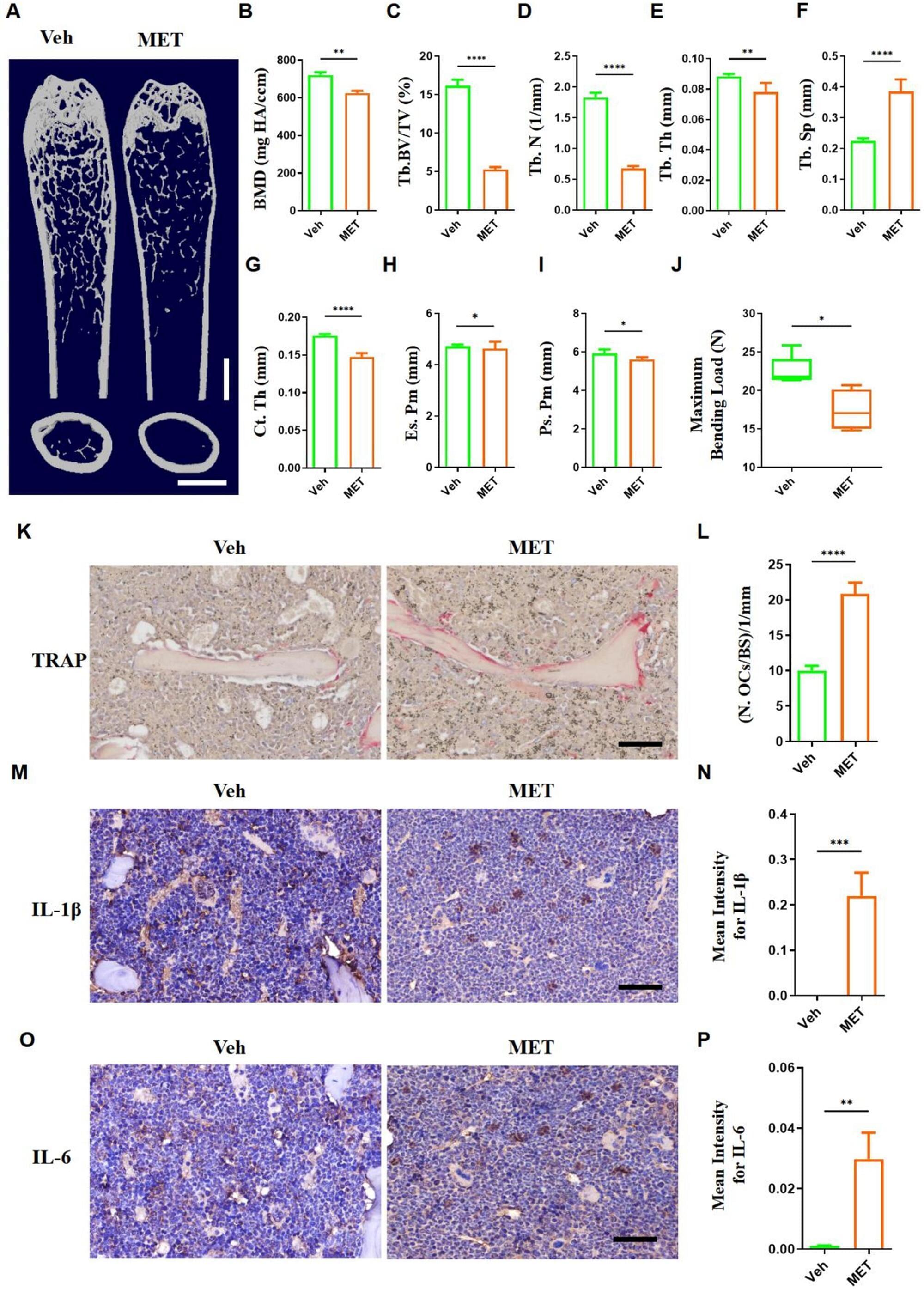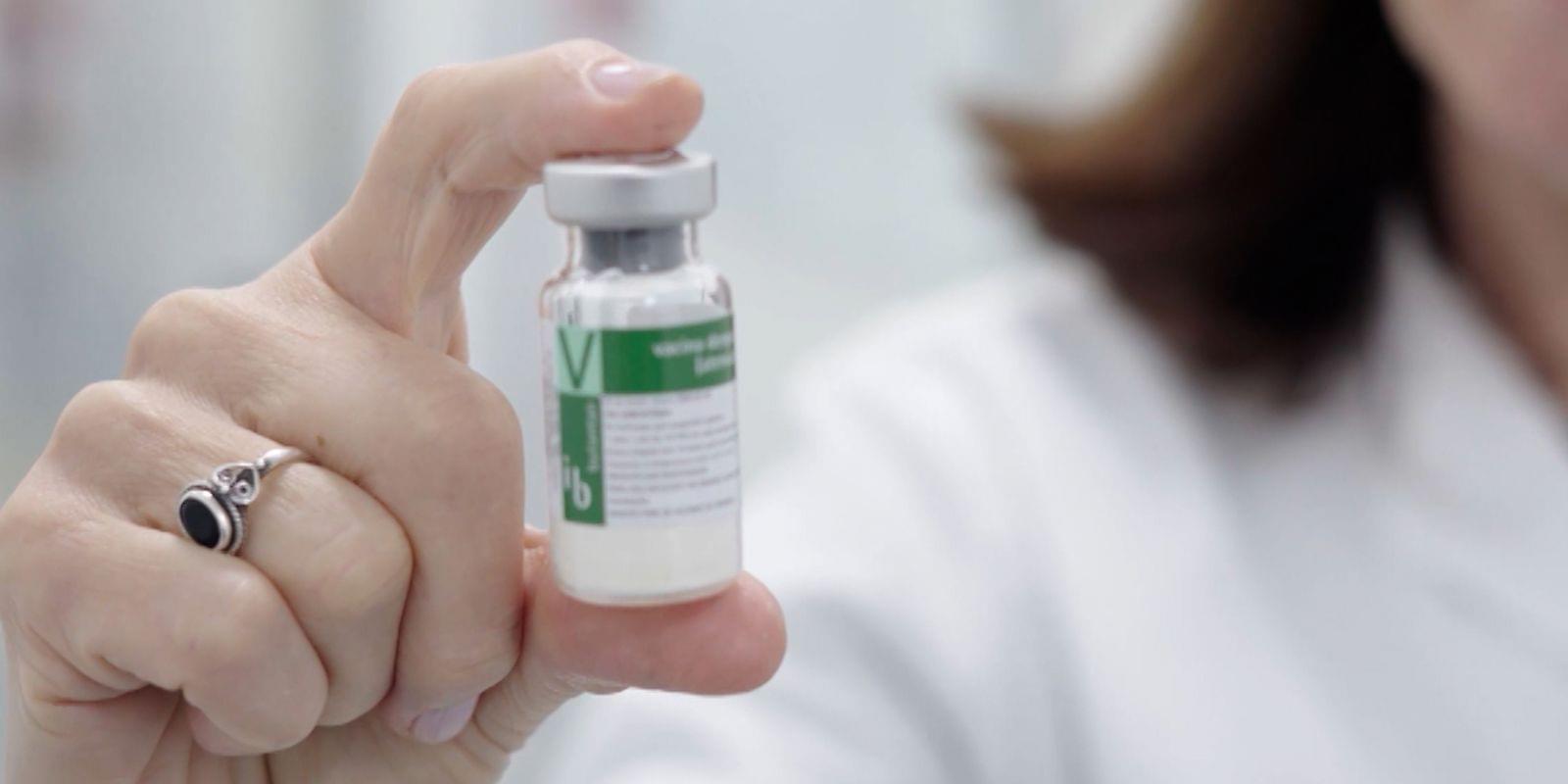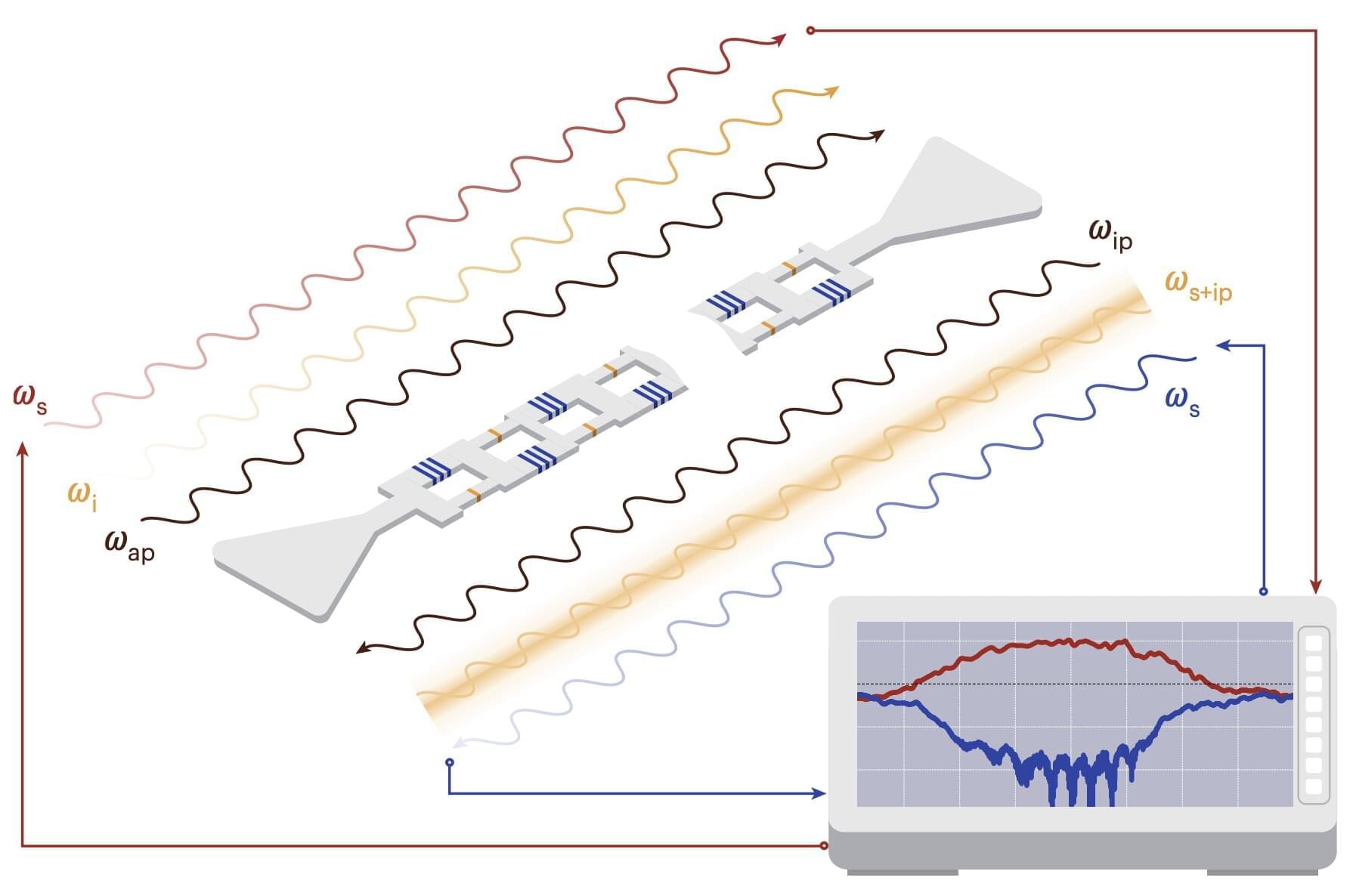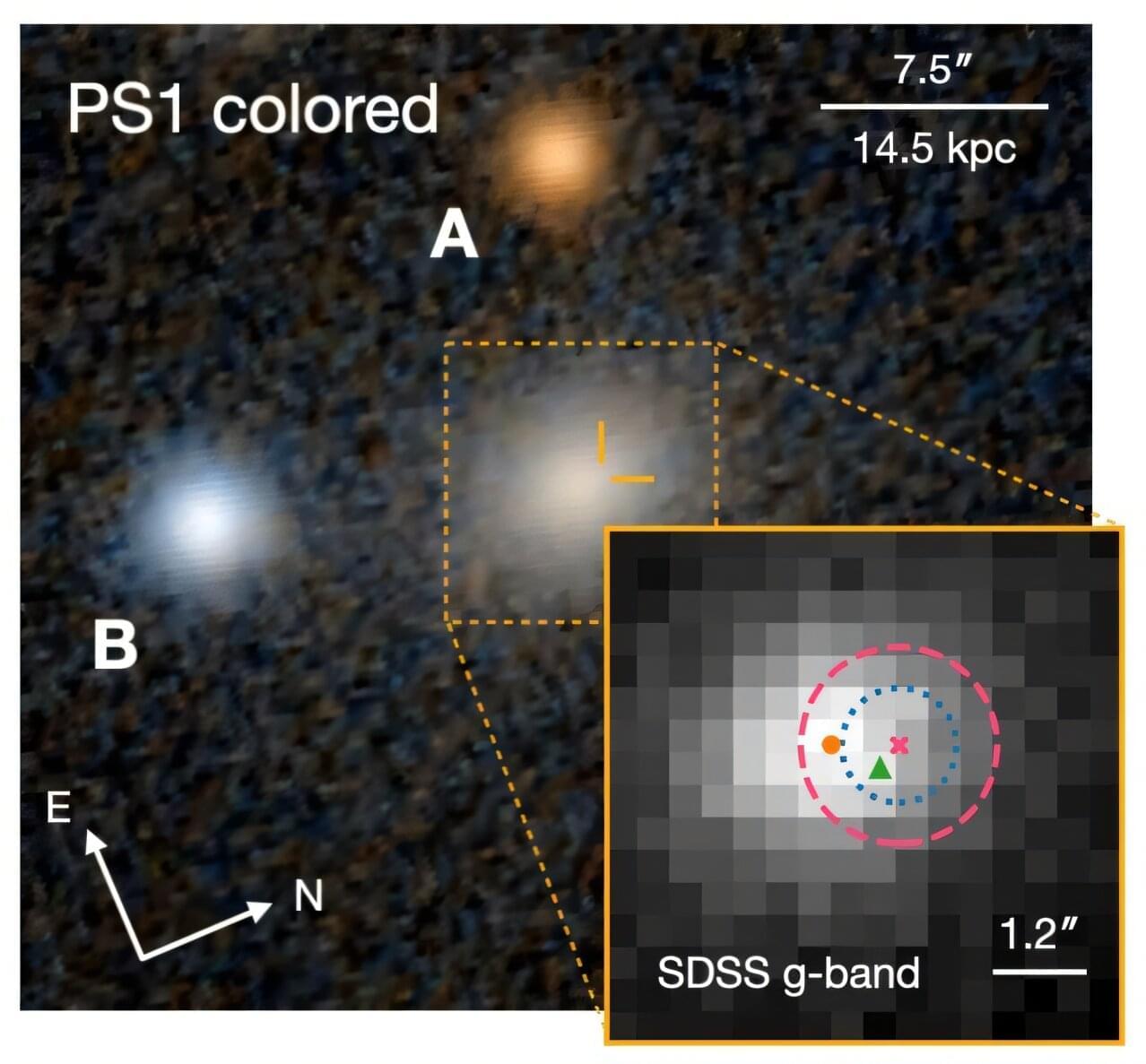When we think creatively, produce novel ideas, or otherwise have “Eureka” moments, we may actually unlock access to a dimension outside of our everyday perception, according to the controversial theory.



Osteoporosis (OP), characterized by low bone mass and altered bone microstructure, affects over 200 million people globally, resulting in annual medical costs of approximately 17.9 billion dollars in USA and 37 billion euro per year in Europe [1]. Primary OP is primarily attributed to aging and postmenopausal estrogen deficiency [2]. However, more than half of patients diagnosed with osteoporosis are also associated with risk factors for secondary osteoporosis [3]. Pharmacological interventions are a significant contributor to bone loss, particularly as such treatments are often unavoidable in many clinical scenarios. Antibiotics, among the most prescribed medications worldwide, have long been used as a potent defense against infectious agents. However, their use has steadily increased to a level that raises significant concerns [4]. In addition to fostering antibiotic resistance, which can lead to more challenging infections, prolonged antibiotic use has been implicated in the development of a variety of conditions, including asthma, allergies, obesity, and inflammatory bowel disease [5]. Previous studies have demonstrated the effects of antibiotics like penicillin and neomycin on gut microbiota and bone metabolism [6, 7], and others have reported that systemic use of multiple antibiotics increases pathogenic bacterial abundance and oral bone loss [8]. Nevertheless, the effects of different classes of antibiotics on bone metabolism and their underlying mechanisms remain poorly understood.
Notably, it has been increasingly recognized that broad-spectrum antibiotics exert a detrimental impact on the gut microbiota (GM), leading to reduced diversity, alterations in the metabolome, and disruption of gut defenses [9]. GM dysbiosis has emerged as a significant pathological mechanism in antibiotic-induced extraintestinal diseases. Recent studies have provided growing evidence that GM alterations can significantly influence bone metabolism, suggesting that the microbiota may represent a potential target for preventing bone loss [10]. Certain gut probiotics, such as Lactobacillus and Akkermansia muciniphila, have been shown to promote bone mass, while some pathogenic bacteria contribute to bone loss [11]. Consequently, it is essential to investigate whether and how GM dysbiosis mediates antibiotic-induced bone loss.
Metronidazole (MET), a widely used drug for the treatment of anaerobic infections, parasites, and certain bacterial infections, is one of the most commonly prescribed antibiotics in clinical practice [12]. MET is generally well tolerated, with reported side effects typically ranging from mild to moderate, including nausea, abdominal pain, and diarrhea [13]. Recent studies have highlighted the critical associations between MET use and gut dysbiosis. A systematic review summarizing 129 studies related to antibiotics and GM has showed that the longest duration of post-antibiotic alterations in GM was observed after treatment with MET plus clarithromycin [14]. Another study investigating the effects of different antibiotics on the human microbiome have identified that MET treatment is associated with consistent changes in GM [15].

The Ministry of Health intends to begin administering doses in 2026, free of charge, through the SUS, the country’s national heal care network.
In a statement, Anvisa reported that the publication makes official the conclusion of the regulatory process and enables the production and sale of the vaccine, which will be offered exclusively through the public health system.
“The registration is a milestone in the fight against dengue in Brazil. The vaccine has undergone all the technical and regulatory stages required by health legislation, ensuring its safety, quality, and efficacy,” the text reads.



The full structure, if it is ever built, will likely take centuries. But the first pieces could be deployed within the next hundred years. Like the construction of cathedrals or transcontinental railroads, this is the kind of project that begins with a vision and takes shape slowly, across generations.
A Dyson sphere is not only about energy. It is about how we think. It challenges us to plan at the scale of a civilization rather than a single generation. It asks what kind of future we are trying to build, and whether we are willing to imagine a world of abundance rather than scarcity. It may take centuries to complete, but the mindset that makes it possible can start right now.

Traveling-wave parametric amplifiers (TWPAs) are electronic devices that boost weak microwave signals (i.e., electromagnetic waves with frequencies typically ranging between 1 and 100 GHz). Recently, many engineers have been developing TWPAs based on superconductors, materials that conduct electricity with a resistance of zero at low temperatures.
Superconductor-based TWPAs can process signals with high efficiency, typically adding little noise to amplified signals. However, conventional amplifier designs lack directionality, which essentially means that electromagnetic energy can propagate backward towards the input, adversely impacting their performance.
Researchers at University Grenoble Alpes, CNRS, Silent Waves and Karlsruhe Institute of Technology recently developed a new TWPA based on nanoscale superconducting components known as Josephson junctions. This device, introduced in a paper published in Nature Electronics, can shift backward-traveling waves to higher frequencies, preventing the backward propagation that typically degrades the performance of TWPAs.

An international team of astronomers has investigated a short-lived optical flare designated AT2022zod. As a result, they found evidence indicating that this flare is an unusual tidal disruption event. The findings were presented in a research paper published Dec. 1 on the arXiv pre-print server.
When a star passes close enough to a supermassive black hole and is pulled apart by the black hole’s tidal forces, it triggers the process of disruption, which is known as a tidal disruption event (TDE). Afterward, the tidally disrupted stellar debris starts raining down on the black hole, and radiation emerges from the innermost region of accreting debris, which is an indicator of the presence of a TDE.

Oil-in-water droplets respond to chemical cues by forming arm-like extensions that resemble filopodia, which are used by living cells to sense and explore their environment.
A research team led by chemists at Penn State studies the droplets to glimpse how matter may have transitioned to life billions of years ago. The researchers have dissected the mechanism through which these arms form and shown that they respond directionally, growing toward or away from specific chemicals.
The research appears in the Journal of the American Chemical Society and will be featured on the front cover of an upcoming issue. The society also featured the research in its Research Headlines video series, which spotlights new and interesting work published in the society’s journals.

St. Hedwig Hospital and Charité–Universitätsmedizin Berlin researchers report that repeated mornings spent under dim indoor light in healthy young adults raised afternoon and evening cortisol and reshaped sleep in ways known from depressive illnesses.
Depressive disorders are often linked with hyperactivity of the hypothalamic–pituitary–adrenal axis, with cortisol levels that stay elevated into the afternoon and early evening instead of reaching their lowest levels, typical of early evening.
Sleep in depressive illness often carries its own fingerprint. Changes in REM sleep and a shift of slow wave sleep from the beginning of the night toward later phases have been described as biological markers of depression.